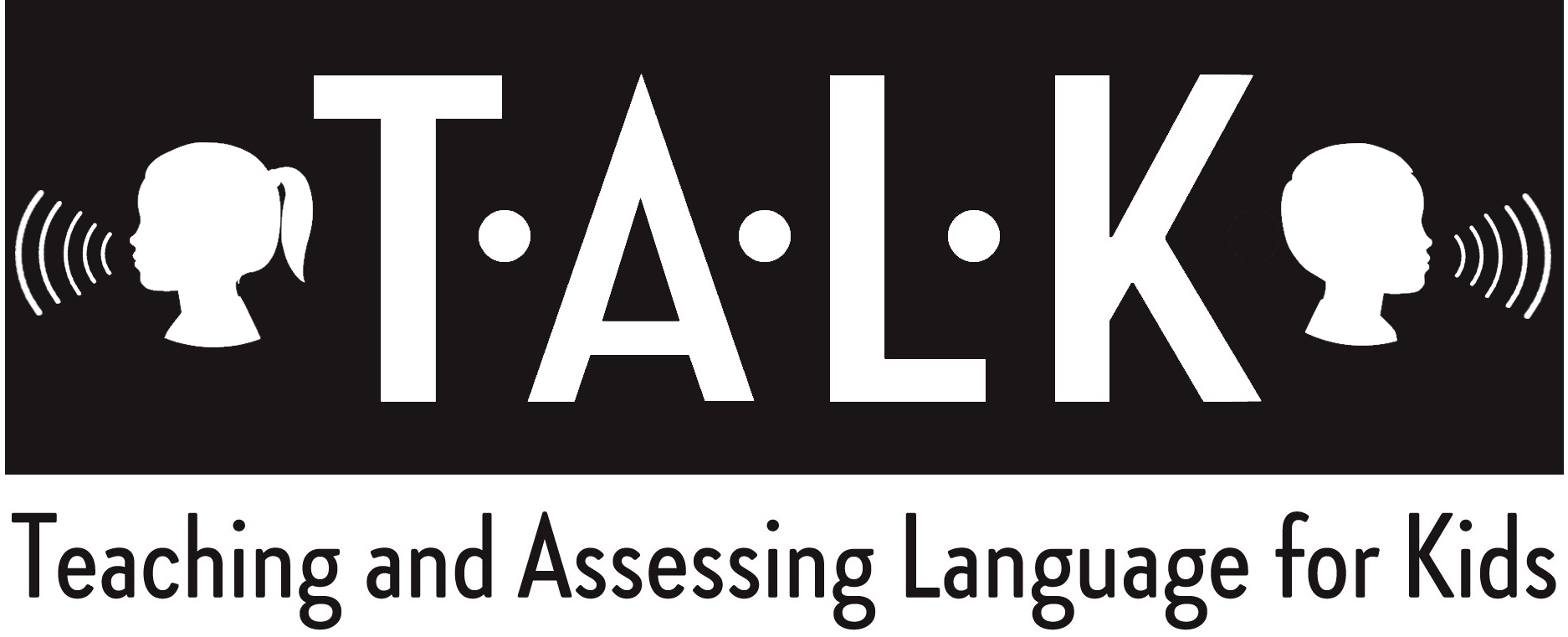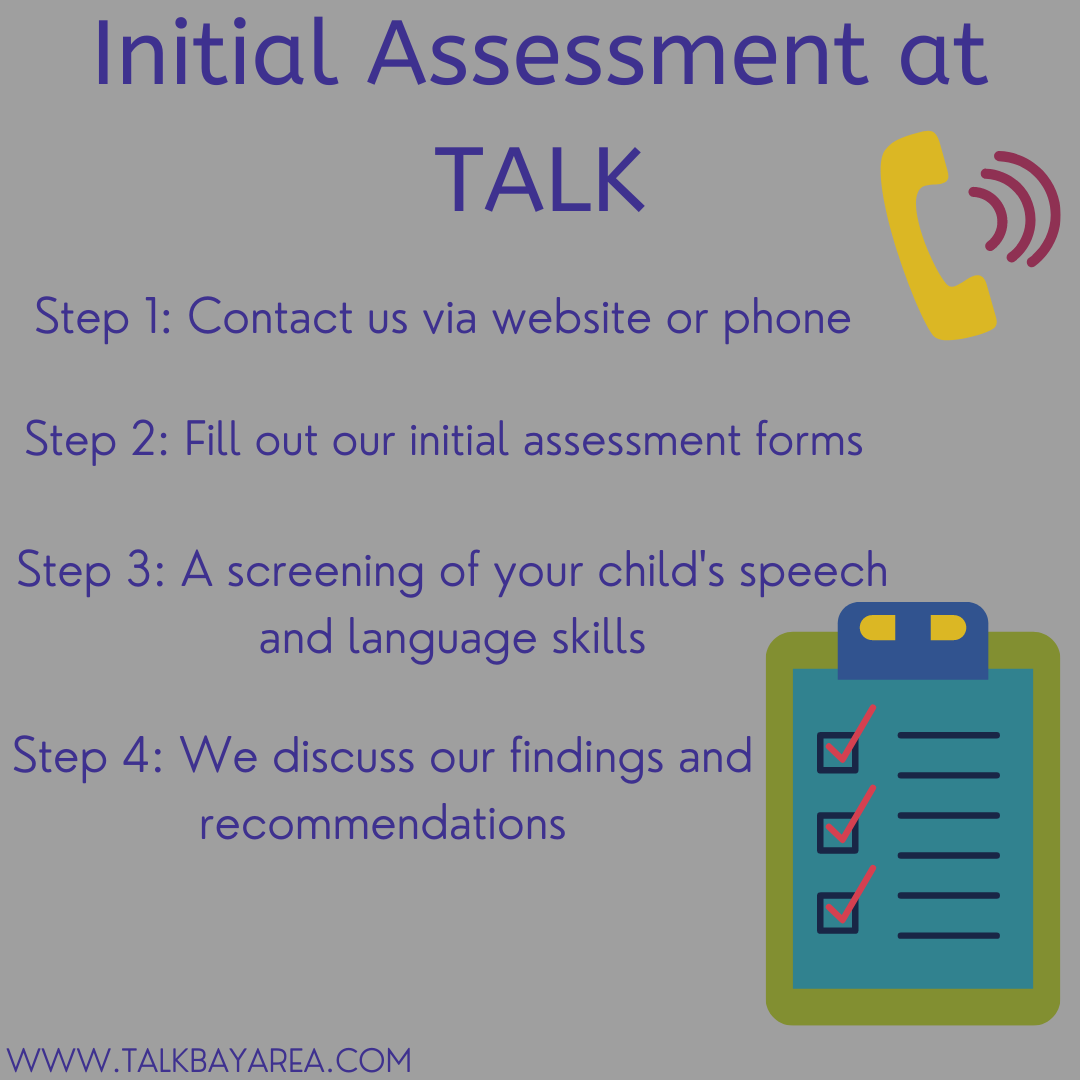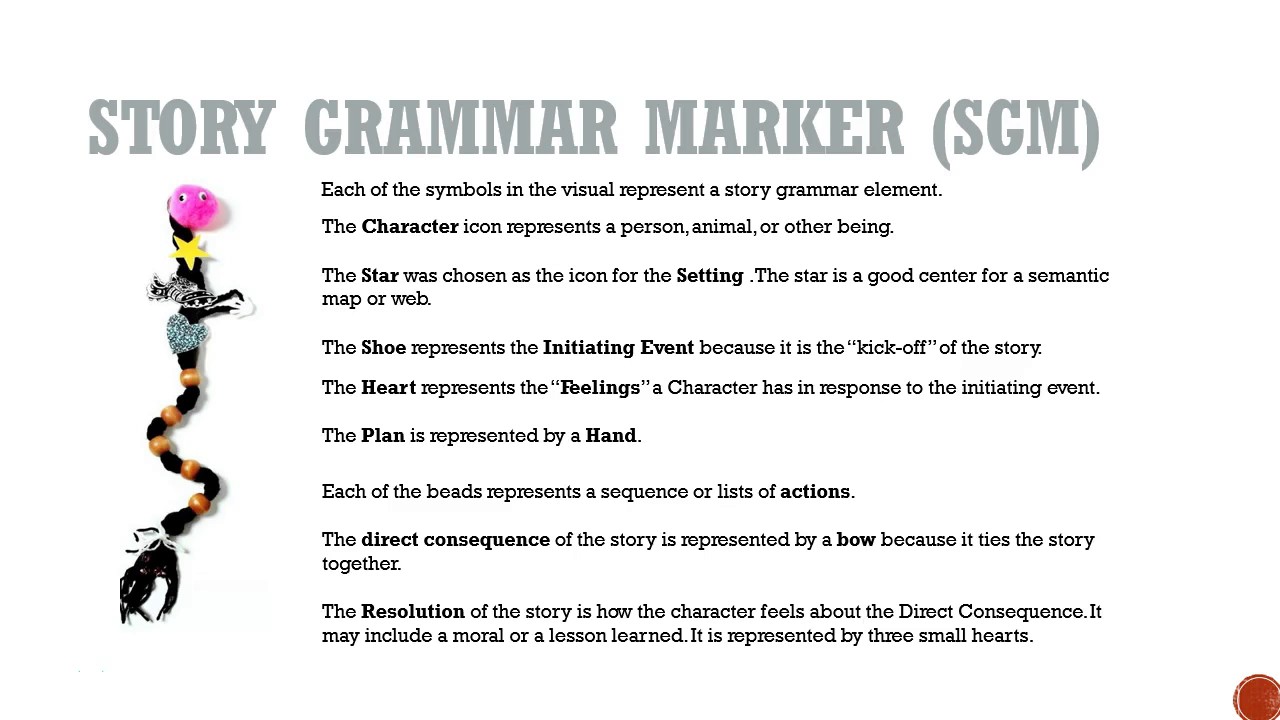At TALK, we teach reading, writing, and spelling in different ways. Research shows that providing children with tactile, visual, and auditory cues helps with recalling and retaining words. TALK reading groups focus on a language-based and multi-sensory approach, with SLP-lead reading techniques which allow for children to strengthen their fundamental literacy skills in a fun group setting. We incorporate Orton-Gillingham® methodology, which is a scientifically proven method of teaching reading. A multisensory lesson includes visual, auditory, tactile, and kinesthetic pathways. The more senses you use, the more likely learners will retain and recall the information.
What is the Orton Gillingham® Approach?
The Orton-Gillingham® Approach is a direct, explicit, multisensory, structured, sequential, diagnostic, and prescriptive way to teach literacy when reading, writing, and spelling does not come easily. The Orton-Gillingham® Approach has principles that facilitate many different characteristics such as language-based, multisensory, cumulative, cognition, and flexibility.
The 12 Orton Gillingham® principles are:
Personalized:
teaching and recognizing the different learning needs
every child presents at different levels
at TALK, we recognize this, and form reading groups based on similar client strengths and weaknesses
Multisensory:
using different senses such as seeing, hearing, and feeling which results in great ease, better learning success, and also improves retention and recall
Diagnostic & Prescriptive:
diagnostically monitoring the child’s responses to identify the difficulties and progress
prescriptively using instructional lessons that focus on improving the child’s weaknesses and building upon the child’s progress thus far
Direct Instruction:
having each child understand the what, why, and how of what is being learned
Systematic Phonics:
understanding the letter and sound relationships, the alphabetic principle for writing, that spoken words are made up of individual speech sounds, and the letters of written words represent speech sounds
Applied Linguistics:
decoding and understanding syllabic (i.e., multisyllabic words), morphemic (i.e., meaningful linguistic units such as dogs), syntactic (i.e., word order), and semantic (i.e., word meaning) structures of spoken and written language
Linguistic Competence:
stressing language patterns that determine word order and sentence structure and the meaning of words and phrases
Systematic & Structured:
presenting information that is ordered in a specific scientific and research driven way to indicate the relationship between current material and past material taught
Sequential, Incremental, and Cumulative:
moving step by step from simple and well learned material into more complex skills
Continuous Feedback and Positive Reinforcement:
building self-confidence, providing consistent and specific feedback and promoting positive practice, and success
Cognitive Approach:
understanding what the child is learning and applying those strategies
gaining confidence in the child’s ability to apply their knowledge and develop skills in reading, writing, and spelling.
Emotionally Sound:
teaching is directed toward success, self-confidence, and motivation
If you are interested in having your child join a TALK Reading Group, contact us via https://talkbayarea.com/reading-group or call us at 650-344-9961 for our Burlingame location or 925-725-4632 for our Danville location!











































